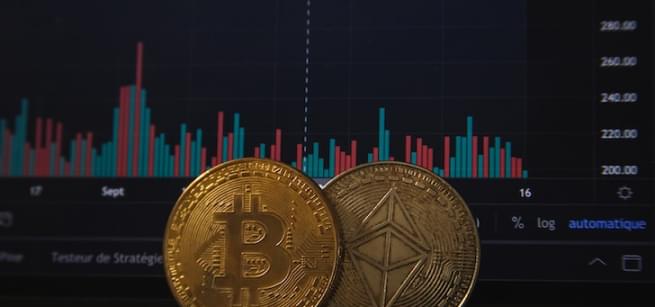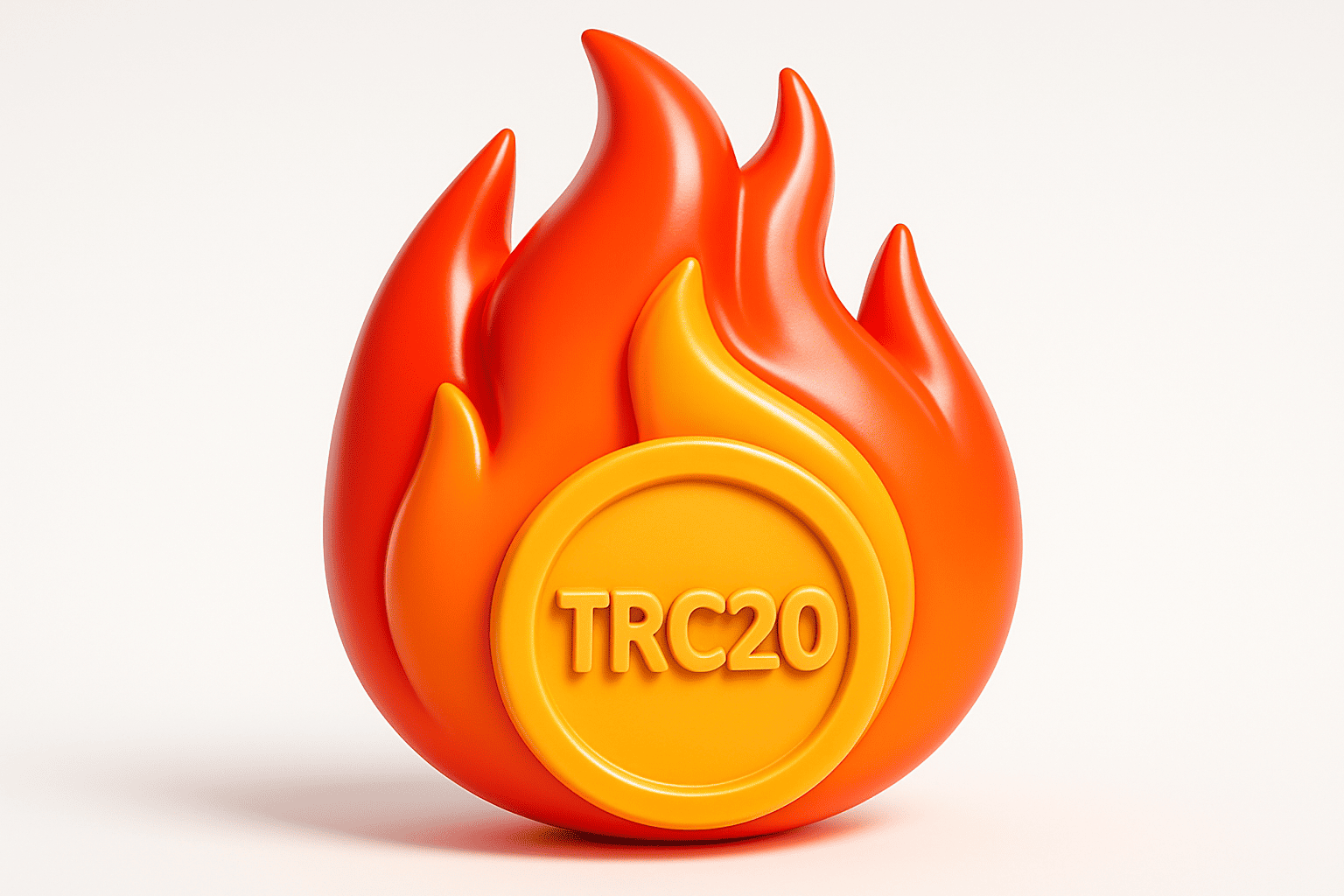Horizen
Download app Ironwallet and get tool for making transaction without network fee
About Horizen
Horizen (formerly ZenCash) is a privacy-focused blockchain platform and cryptocurrency that launched in May 2017. The goal of Horizen is to provide users with secure communications, transactions, and publishing that protects personal data and privacy.
Horizen utilizes zero-knowledge proofs and secure node infrastructure to enable private transactions and communications on its blockchain. The platform also supports decentralized applications, sidechains for scalability, and decentralized governance through secure nodes.
The native cryptocurrency of the Horizen platform is ZEN, which is used to power transactions across the blockchain as well as to participate in governance and operate secure nodes.
History and Background
Horizen was founded by Rob Viglione and Rolf Versluis in 2017 under the original name ZenCash, rebranded to Horizen in July 2018. It initially forked off the Zclassic blockchain, which itself was a fork of the popular privacy coin Zcash.
The founders of Horizen sought to create a platform that improves upon the privacy features of Zcash while also providing secure communications, publishing capabilities, and democratic governance structure for community-driven decision making.
Since launching in 2017, Horizen has continued to develop its technology and platform. It has grown to support over 4,500 secure nodes around the world and processes thousands of private, shielded transactions per day.
Key Features of Horizen
Privacy and AnonymityThe core feature of the Horizen blockchain is privacy and anonymity when transacting or communicating. Like Zcash, it utilizes zero-knowledge proofs called zk-SNARKs to enable private transactions where the sender, receiver, and transaction amount are entirely encrypted.
Beyond basic shielded transactions, Horizen supports end-to-end encrypted messaging through zk-SNARKs proofs via its decentralized messaging platform. Users can send private and secure messages through the blockchain itself.
Secure NodesHorizen leverages a global network of nodes called Secure Nodes to enable privacy features, power its governance, and support sidechains. Operators must collateralize 42 ZEN and meet minimum server specifications.
Secure Nodes encrypt and process private transactions as well as facilitate node-to-node communications. As incentive to operate them, nodes receive block rewards and fees based on their ranking. Higher ranked nodes return more consistent uptime and better overall service.
SidechainsHorizen supports the development and deployment of independent sidechains focused on specific use cases. Sidechains help scale the platform by moving workloads outside the main blockchain while still securing data and assets on the Horizen mainchain.
Some initial sidechain projects being developed are for creating whitelabel blockchains focused on messaging, IoT data analysis, and file storage. The sidechain architecture enables these types of apps while maintaining privacy and decentralization.
Decentralized GovernanceMajor decisions and changes to the Horizen platform go through a decentralized, democratic decision-making process determined by Horizen’s secure nodes.
Proposals are introduced on behalf of community members looking to improve or change the ecosystem in some constructive way. Then secure node operators signal Yes or No votes proportional to their rank towards majority consensus to approve or deny proposals. This governance structure empowers the community to have a voice and direct the advancement of the Horizen ecosystem.
Horizen’s ZEN Token
ZEN is the native cryptocurrency of the Horizen platform and serves several purposes across its technology and governance:
Consensus AlgorithmThe Horizen blockchain uses a modified version of the Equihash proof-of-work mining algorithm for distributed consensus and block production. Miners compete to solve Equihash puzzles to create candidates blocks that contain verified transactions.
The modification to Equihash, called Optimized Delayed Proof of Work (oDoW), is designed to discourage pool mining dominance on the network in favor of independent GPU mining. The algorithm optimization levels the playing field for home miners to participate in securing the blockchain.
Supply and DistributionWhen Horizen first launched, the genesis block contained a supply of 21 million ZEN. The maximum supply is capped at that amount, similar to Bitcoin.
The block reward allocated to miners began at 25 ZEN initially and decreases by 15% approximately every 4 years, every 840,000 blocks. This decaying block reward system is meant to provide fair distribution in the early years while transitioning to a self-sustaining network over time.
Use CasesThe ZEN token has a variety of uses across Horizen’s technology stack:
- Transactions: ZEN powers private peer-to-peer transactions across the Horizen blockchain as a currency.
- Staking: Operators must stake/collateralize 42 ZEN to run Secure Nodes, which receive block rewards/fees in return.
- Fees: Fees paid to utilize Secure Node messaging, sidechains, and node-based apps.
- Governance: ZEN holders can submit proposals for voting to direct development funds based on their stake.
These core use cases create utility demand for the token within the greater Horizen ecosystem spanning privacy, communications, applications, and community-driven governance.
Roadmap and Future Developments
According to its official roadmap, Horizen is prioritizing improvements across privacy features, sidechain functionality, usability, and decentralized finance integration in upcoming releases throughout 2023 and 2024.
Major milestones on the technology roadmap include launching a fully decentralized and private chat application, decentralized identity management linked to its naming system, IoT and supply chain tracking sidechains, and support for confidential DeFi transactions leveraging zk-SNARKS for anonymity.
On the business side, Horizen aims to expand its global team to accelerate development. It is also bolstering legal compliance, enabling fiat onramps, and seeking regulatory clarity for its privacy coin technology in key jurisdictions. Achieving these business milestones will improve usability and access to Horizen’s services.
Challenges and Criticisms
As a lesser known privacy cryptocurrency, Horizen faces competition from larger competitors like Zcash and Monero when appealing to privacy-sensitive users. Matching the network effects and adoption seen by its more popular rivals remains an obstacle.
Regulatory uncertainty is also an ongoing challenge. Some jurisdictions have outright banned privacy coins or introduced stricter regulations due to their potential for illicit usage. Navigating disparate global policies to make Horizen accessible to legitimate users will require legal resources.
Lastly, there are transparency and decentralization tradeoffs with Horizen’s Secure Node architecture. While it powers key platform utilities, Secure Node operators must undergo KYC screening and only allowlisted nodes can participate in the network. This raises questions regarding true censorship resistance.
Conclusion
As demand for privacy and anonymity continues growing in the blockchain sphere against a backdrop of mass surveillance, Horizen remains an intriguing option with unique capabilities and technology. Leveraging zero-knowledge proofs for private transactions and communications while enabling community governance gives Horizen distinguishable market appeal compared to other privacy coins. If the project can overcome adoption obstacles and regulatory constraints, its multidimensional feature set could drive mainstream traction in the years ahead as the technology matures. However, ensuring the decentralization principles of blockchain are not overly compromised will be pivotal as Horizen balances usability, transparency, and security.





















